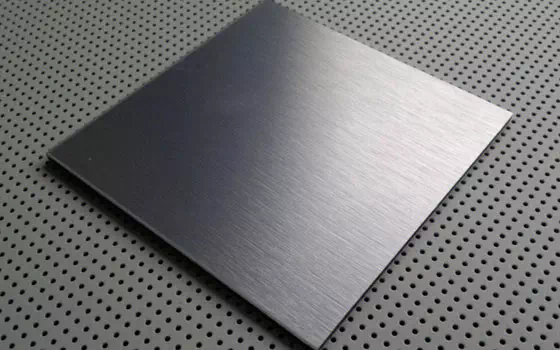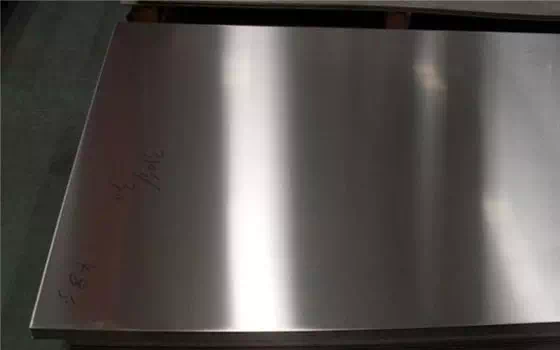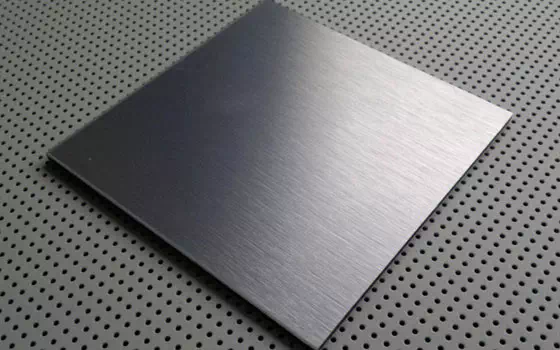Welcome to Zhishang Steel Co., Ltd.
TEL: (Gavin) +86-15665898999 | Email : info@zhishangsteel.com
Location:Home>>News>>Industry News » Is stainless steel safe ?

The safety of stainless steel needs to be comprehensively judged in combination with material standards, application scenarios and maintenance methods.
Food-grade standard certification
Stainless steel products that comply with the national standard "GB 4806.9-2023" need to pass the heavy metal migration test (such as lead ≤0.01mg/dm², chromium ≤0.4mg/dm²), and the material needs to meet the regulations of austenite or ferrite, etc. Products that comply with this standard are marked as "for food contact" and the material type (such as 304, 316L). Consumers should give priority to choosing such products.

The applicability of common materials
304 stainless steel: Contains 18% chromium and 8% nickel (Cr18Ni9). It is safe for daily contact with water and weak acids and alkalis (tea, coffee), but long-term storage of strong acids (lemon juice) may cause nickel to precipitate.
316/316L stainless steel: With the addition of molybdenum (Mo2%), it has a stronger resistance to chloride ion corrosion and is suitable for high-salt or acidic environments (such as pickled foods). Moreover, the low-carbon feature of 316L reduces the risk of welding corrosion.
410 stainless steel: Martensitic stainless steel, with good wear resistance but weaker corrosion resistance than 304. Long-term contact with acidic liquids should be avoided.
Risk of inferior materials
201/202 series stainless steel has low chromium and nickel content and high manganese content. It is prone to rust and has excessive heavy metal migration, and is commonly found in low-priced products. Long-term use may lead to the accumulation of harmful elements such as lead and cadmium.
Safe usage scenarios
Short-term exposure: The risk is extremely low when holding cold water, room-temperature beverages or neutral foods (such as rice).
High-temperature cooking: When boiling water or steaming food, compliant stainless steel has strong stability, but it is necessary to avoid empty burning (above 500℃ will destroy the oxide film).
High-risk scenarios need to be avoided
Strong acids and strong alkalis: Long-term storage of vinegar, lemon juice or pickled foods may accelerate the migration of metal ions.
Decoction of traditional Chinese medicine: Complex alkaloids react with metals, which may alter the efficacy of the medicine or release harmful substances.
Salt environment: For coastal areas or high-salt cooking, it is recommended to choose 316L stainless steel to prevent chloride ion corrosion.

Key points of cleaning
Before the first use of newly purchased tableware, thoroughly wash it with detergent and hot water to remove any residual polishing wax.
Regularly soak in white vinegar (≤10 minutes) to remove scale. Do not use steel wool to scrape to avoid damaging the oxide film.
Change the signal
Rust spots appear on the surface or black oxides are frequently rubbed off (the protective film is damaged).
The migration of heavy metals in old cookware can be dozens of times that of new ones. It is recommended to replace them every 3 to 5 years.
The controversy over "excessive manganese
Manganese in stainless steel exists in a stable combined state, with an absorption rate of only 1-5% in the digestive tract, and the risk of daily use is extremely low. However, inferior high manganese steel, due to its poor corrosion resistance, may release other heavy metals as well.
Nickel allergy problem
About 15% of the population is sensitive to nickel, and contact with nickel-containing tableware may cause dermatitis. It is recommended that people with allergies choose 316L (low nickel) or pure titanium materials.
Purchasing principle: Recognize the "GB 4806.9-2023" logo and give priority to 304/316L materials.
Usage guidelines: Avoid extremely acidic or alkaline environments. Clean in a timely manner and replace old appliances regularly.
Sensitive groups: People allergic to nickel should choose 316L or titanium products. 316L is recommended for children's tableware.
Compliant stainless steel is safe when used correctly, but it is necessary to be vigilant about the potential risks brought by low-quality products at low prices and improper operation.

Zhishang Steel has always been a pioneer in custom steel and special supplies, and has been recognized for its efforts in enhancing work efficiency and product quality. In addition to ISO9001:2015 certification, we also adhere to strict quality policies and proprietary procedures. If you have any questions, please contact us to provide the best type of product solution for your pre-painted, coil coating metal process, we will closely support after-sales service to ensure that your subsequent problems can be solved in a timely manner, if you have any questions, please send email to info@zhishangsteel.com, we look forward to serving you.

Zhishang Steel, specializing in domestic steel products trade, warehousing, processing and other services. The team has four service teams: Shandong Zhishang Steel Co., LTD., Shandong Zhiyiheng Trading Co., LTD., Tai 'an Zhishang Economic and Trade Co., LTD., Shandong Zhishang Steel Structure Co., LTD. Mainly engaged in steel coil, coated, stee···